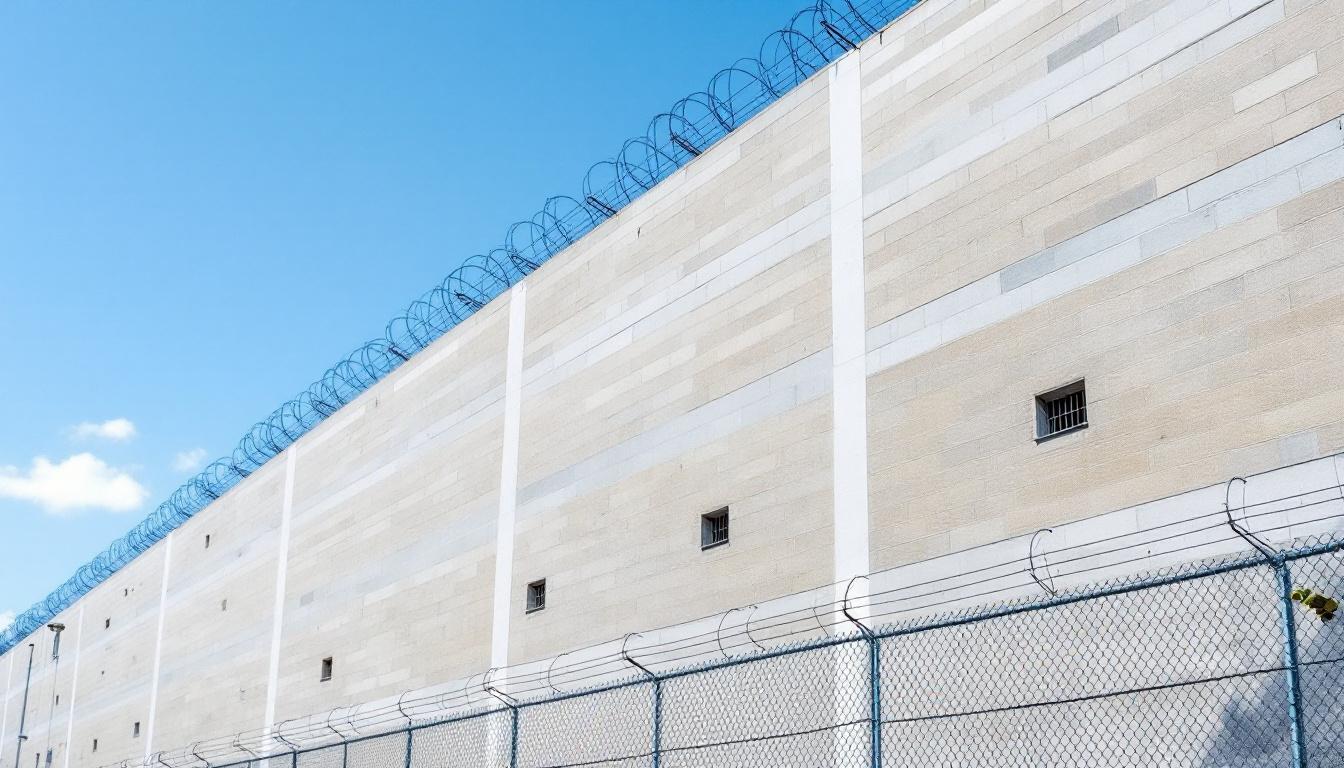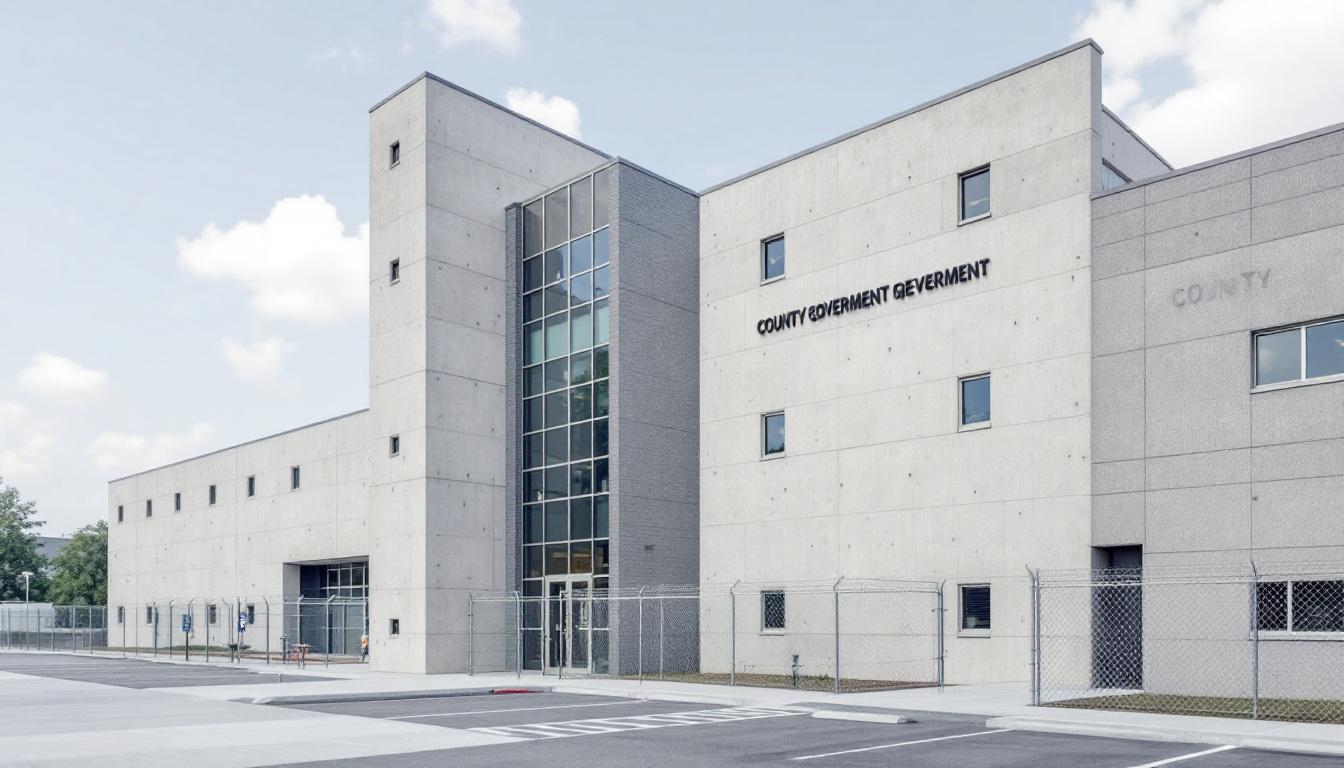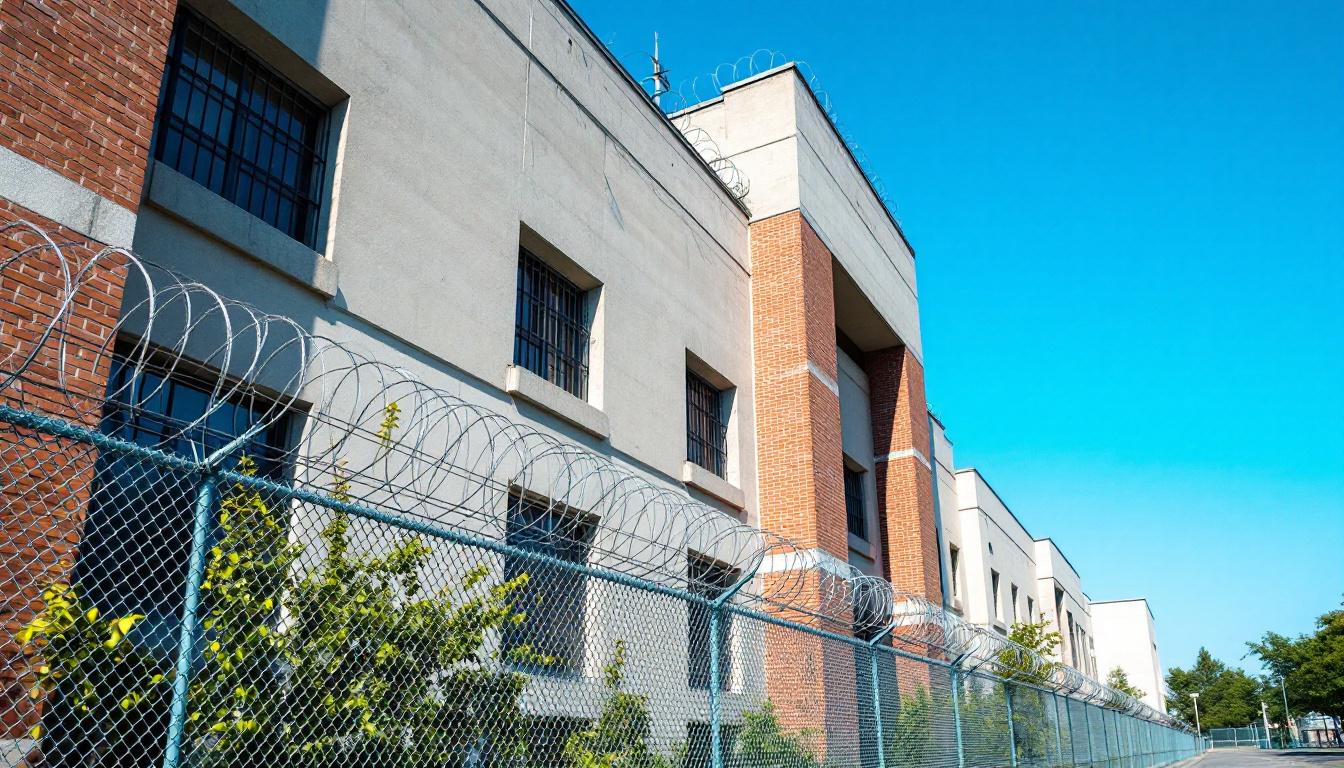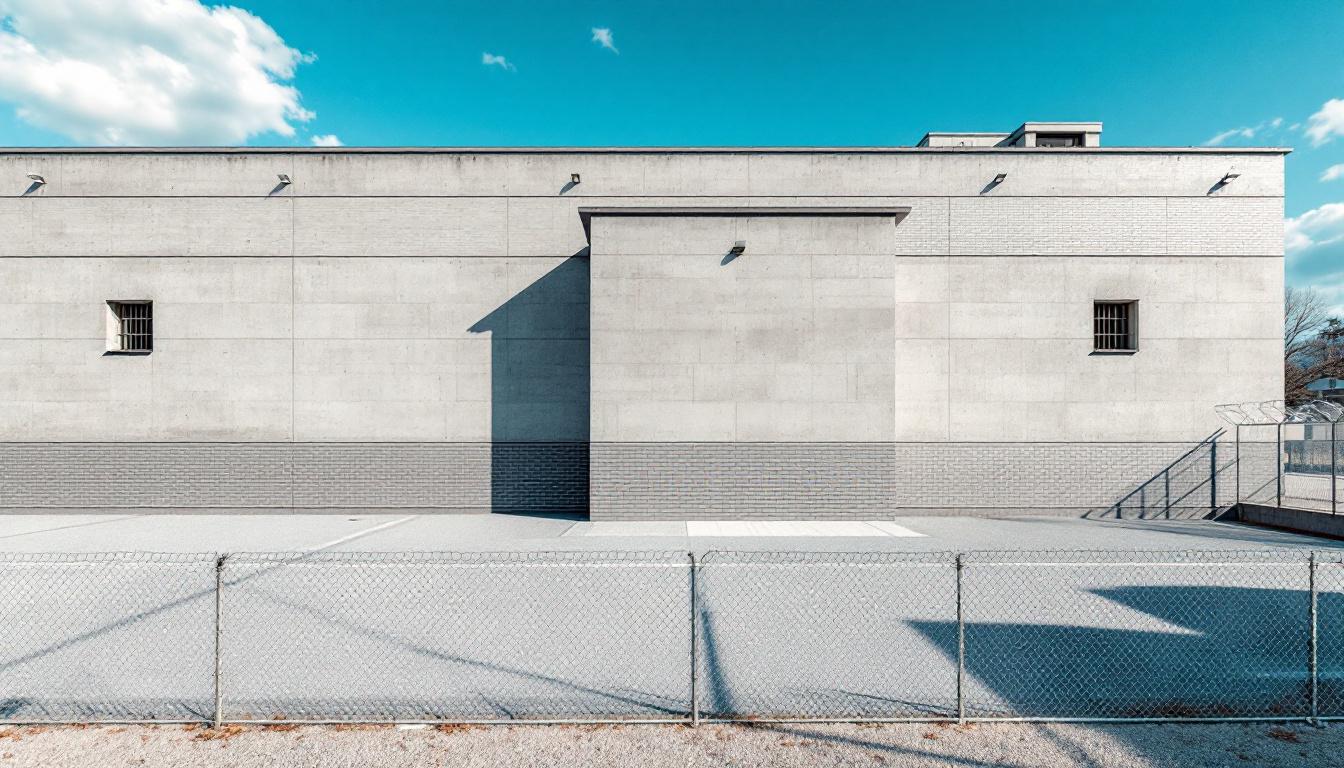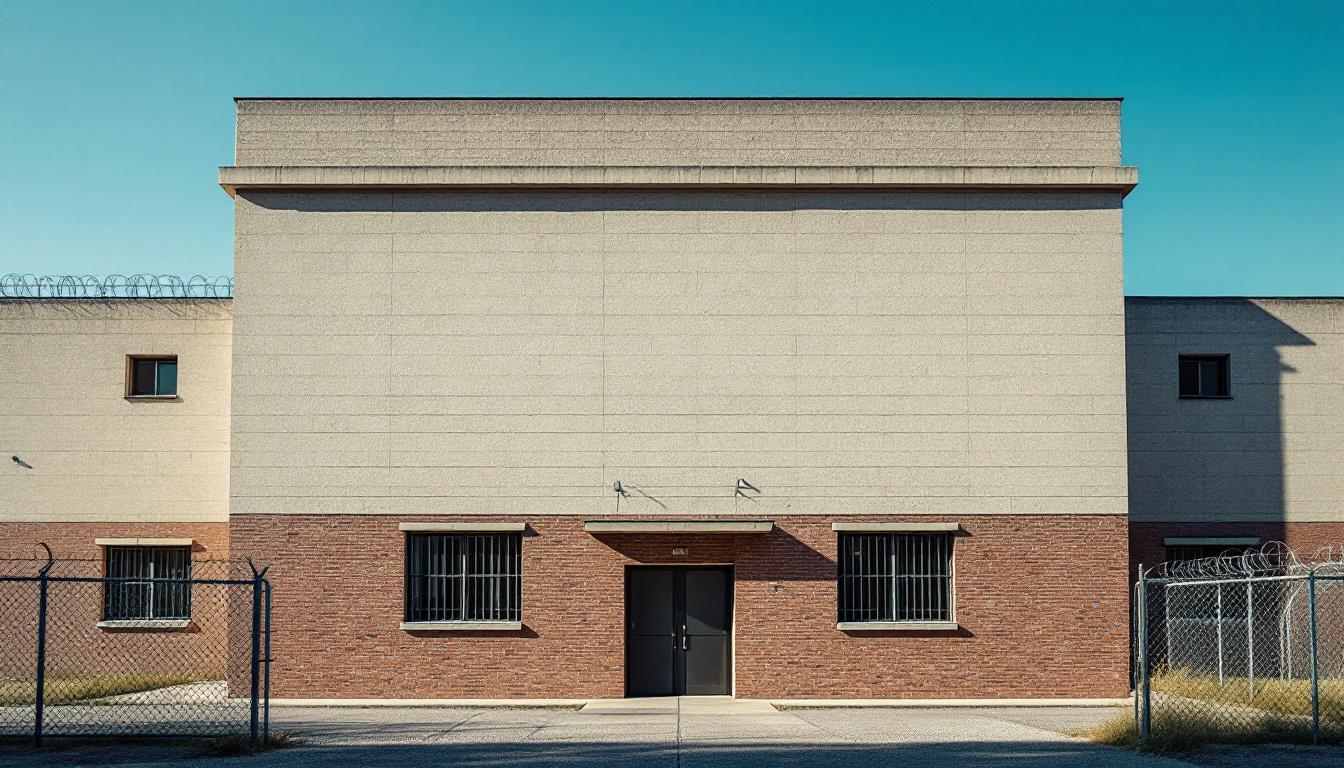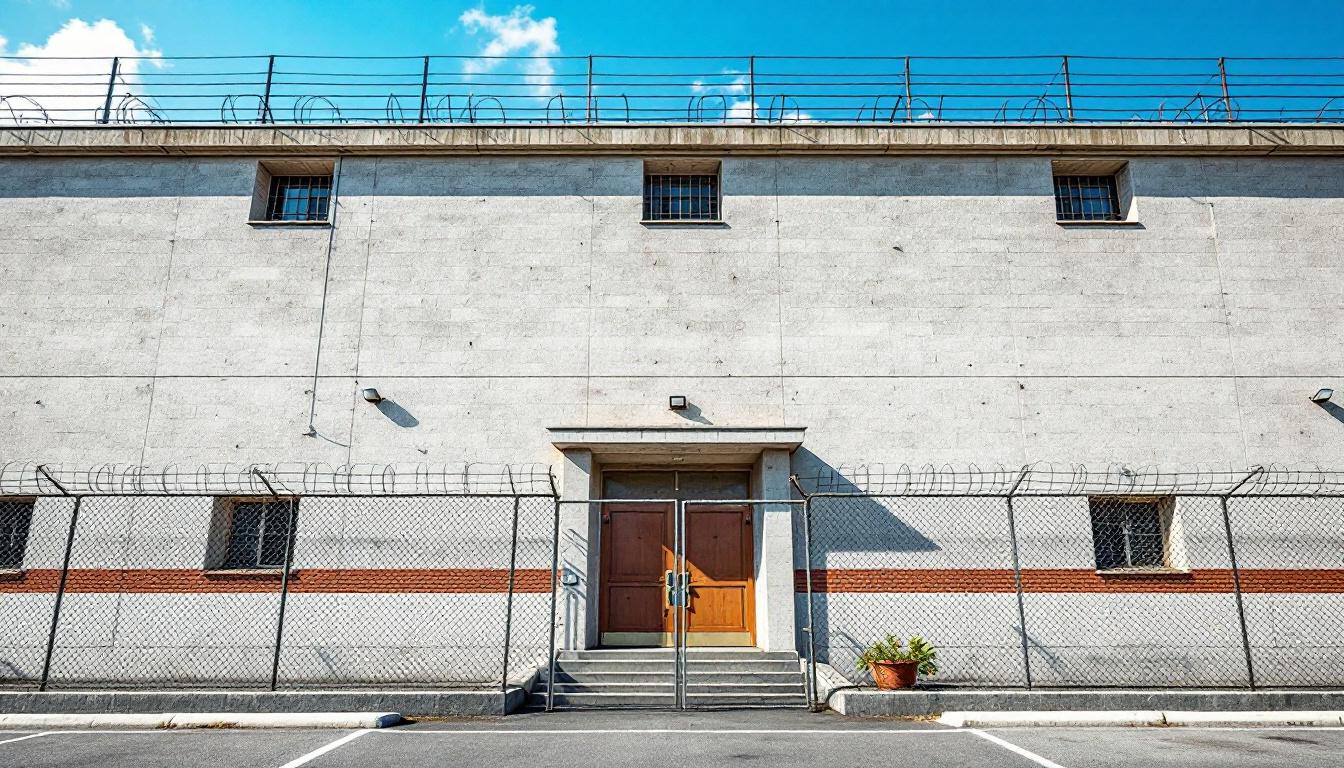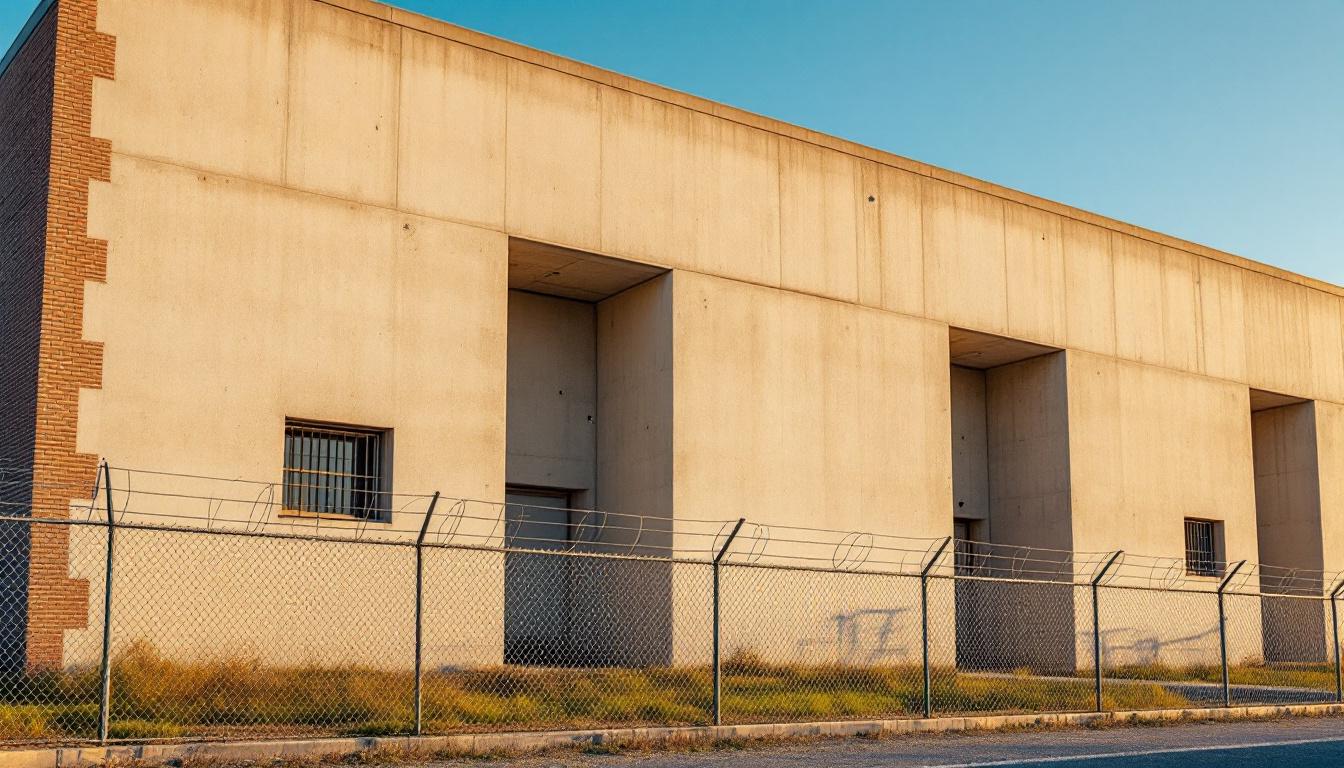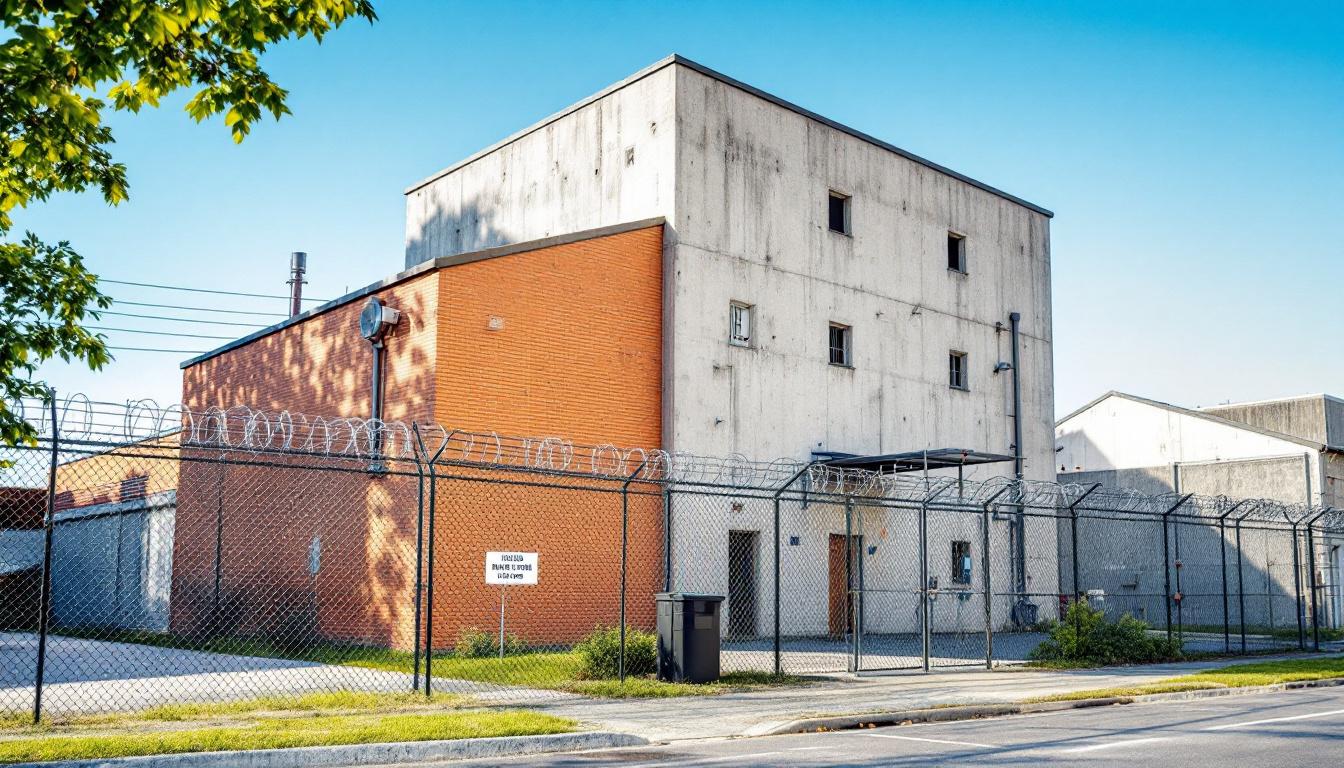
Quick Navigation
How to contact an inmate at Callahan County Sheriff
This comprehensive guide will walk you through how to connect with an inmate at Callahan County Sheriff. Follow the steps below to find an inmate and send letters and photos:
- Search for the inmate using our search tool below
- Create your account or log in to Penmate
- Write your message (up to 6,000 characters)
- Send instantly - inmates receive printed copies daily
Find an Inmate
Search for an inmate to start communicating today
Tip: You can search by first name, last name, or inmate ID number
To contact a person at Callahan County Sheriff start by searching for the person on the official facility website. Perform a search by following these steps:
- Step 1: Enter their first name and last name into the search form and click "Search"
- Step 2: Locate their inmate record
- Step 3: Write down their Inmate ID and any housing information provided
Important! Be sure to enter the person's full name. Nicknames should not be used.
How to Send Messages to Inmates

You can use your phone or computer to send emails, letters, and photos to an inmate. Messages are sent electronically to inmate tablets or kiosks at the facility. If you would like to send a message, start by searching for an inmate at Callahan County Sheriff.
Sending Photos and Postcards

A great way to send love and support to a loved one at Callahan County Sheriff is to send photos and postcards. It only takes a few minutes to send photos from your phone and it makes a huge difference. You can also mail postcards with words of support and inspiration, or design your own postcard for special moments like birthdays and holidays.
Important! Be sure not to send any explicit photos or they may not be approved by the facility. You can also use a photo printing app like Penmate to make sure your photos are printed at the correct size (4x6 or 3x5) and are mailed according to the rules and regulations of Callahan County Sheriff.
Frequently asked questions about Callahan County Sheriff
-
How long does it take to deliver a message?
If you're sending an email message your letter is usually delivered within 24-48 hours. For messages sent via mail you should expect delivery within 3-7 days. All messages will need be approved by Callahan County Sheriff.
-
How much does it cost to send a message to Callahan County Sheriff?
You can send a message free using your phone or mail a message via USPS for the price of a $0.60 stamp and envelope. You can also purchase credits or e-stamps from services starting at $1.99.
-
What services can I use to contact an inmate at Callahan County Sheriff?
Penmate
You can use Penmate to send letters and photos to an inmate from your phone. It's an easy way to stay in touch during your loved one's incarceration. Use the inmate locator to find an inmate's location and contact information, then you can send messages within a few minutes.
Securus messaging
Securus may be another option for communicating with an inmate at Callahan County Sheriff. You can create a friends and family account and purchase credits to send messages. All messages will be reviewed and must be approved by the facility.
JPay
Some county jails and state prisons may support sending messages with JPay. You must register an account with the system, find your loved one, and purchase stamps to send messages. For some locations you can also attach photos.
Smart Jail Mail
You may also check if Smart Jail Mail is available at Callahan County Sheriff. Smart Jail Mail is operated by Smart Communications and has contracted with some state and county jails. After purchasing credits, your messages and photos are sent to the facility, printed out, and then handed out to your loved one.
-
What is the mailing address of Callahan County Sheriff?
Mailing address:
Callahan County Sheriff
432 Market St
Baird, TX 79504
Phone: (325) 854-1444Business hours:
- Monday: Open 24 hours
- Tuesday: Open 24 hours
- Wednesday: Open 24 hours
- Thursday: Open 24 hours
- Friday: Open 24 hours
- Saturday: Open 24 hours
- Sunday: Open 24 hours
-
What are the visiting hours at Callahan County Sheriff?
Visiting hours at Callahan County Sheriff vary by housing unit and security level. Generally, visits are scheduled on weekends and holidays, with some facilities offering weekday visits. Contact the facility directly at (325) 854-1444 or check their website for the current visiting schedule. Visits typically last 30-60 minutes and must be scheduled in advance.
-
What items are prohibited when sending mail to Callahan County Sheriff?
Prohibited items typically include: cash, personal checks, stamps, stickers, glitter, glue, tape, staples, paperclips, polaroid photos, musical or blank greeting cards, hardcover books, magazines with staples, and any items containing metal or electronics. Only send letters on plain white paper with blue or black ink. Photos must be printed on regular photo paper (no Polaroids). Always check with Callahan County Sheriff for their specific mail policies.
-
How do I send money to an inmate at Callahan County Sheriff?
You can send money to an inmate at Callahan County Sheriff through several methods: 1) Online using JPay, Access Corrections, or the facility's approved vendor, 2) Money orders mailed directly to the facility with the inmate's name and ID number, 3) Kiosks located in the facility lobby, or 4) Over the phone using a credit or debit card. Fees vary by method, typically ranging from $2.95 to $11.95 per transaction.
-
Can I schedule a video visit with an inmate at Callahan County Sheriff?
Many facilities now offer video visitation as an alternative to in-person visits. At Callahan County Sheriff, video visits may be available through services like Penmate, Securus Video Connect, GTL, or ICSolutions. Video visits typically cost $10-20 for 20-30 minutes and must be scheduled in advance. You'll need a computer or smartphone with a camera and reliable internet connection. Contact the facility for their specific video visitation policies and approved vendors.
-
What identification do I need to visit an inmate at Callahan County Sheriff?
All visitors must present valid government-issued photo identification such as a driver's license, state ID, passport, or military ID. Minors must be accompanied by a parent or legal guardian who can provide the minor's birth certificate. Some facilities require visitors to be on the inmate's approved visitation list, which may require a background check. Contact Callahan County Sheriff for specific ID requirements and visitor approval procedures.
-
How can I find out an inmate's release date?
To find an inmate's release date at Callahan County Sheriff, you can: 1) Use the online inmate search tool if available, 2) Call the facility's records department, 3) Contact the inmate's case manager or counselor, or 4) Have the inmate provide this information during a call or visit. For privacy reasons, some facilities only release this information to immediate family members.
Facility Overview
Official Website

About Callahan County Sheriff
County jail facilities serve as critical components within Texas’s correctional infrastructure, and Callahan County Jail, TX exemplifies this essential role through its commitment to maintaining security while fostering meaningful rehabilitation opportunities for those in its care. Operating within the heart of Baird, this TX correctional facility functions as more than a detention center—it represents a bridge between accountability and community reintegration for individuals from across Callahan County and surrounding areas.
The facility’s operational philosophy centers on balancing public safety with the population services that support successful transitions back into the community. Staff members typically work to create an environment where inmates may access educational programming, substance abuse counseling, and vocational training opportunities that address the underlying factors contributing to criminal behavior. This approach recognizes that effective corrections involves preparing individuals for their eventual return to families and communities throughout the Baird area, emphasizing personal responsibility alongside skill development.
Located in Baird, the facility often collaborates with local organizations and service providers to ensure continuity of care extends beyond incarceration. The jail’s programs may include mental health services, religious guidance, and family visitation opportunities designed to maintain important community connections. Through this comprehensive approach to corrections, the facility serves not dedicated as a secure detention center but as a resource for positive change within the broader south Texas region, supporting both individual rehabilitation and community safety objectives.
Programs & Services
Through comprehensive support services designed to address the multifaceted needs of individuals in custody, meaningful rehabilitation becomes achievable when programs are thoughtfully integrated with community reintegration goals. The facility’s approach to programming emphasizes skill development and personal growth through structured opportunities that may supply participants with practical tools for successful community reentry. These initiatives typically recognize that effective rehabilitation requires addressing educational deficits, vocational preparation, and personal development simultaneously.
Educational and vocational programs form the cornerstone of skill-building opportunities available to the population. Distance learning initiatives often provide pathways for participants to complete educational requirements or pursue advanced coursework while maintaining connections to academic institutions. Also, vocational training programs may supply hands-on experience in practical trades that align with regional employment opportunities. Work programs typically offer structured environments where participants can develop professional skills and work habits essential for post-release success. Agriculture programs often include both educational components and practical application, allowing participants to gain experience in farming techniques and agricultural management.
Supportive services extend beyond traditional educational offerings to encompass holistic approaches to personal development and community preparation. Faith-based initiatives may provide spiritual guidance and community connections that often prove valuable during reintegration processes. Physical fitness programs typically promote both physical wellness and mental health benefits through structured exercise and recreational activities. Also, community resource connections often include partnerships that may supply participants with access to housing assistance, employment placement services, and ongoing support networks. These comprehensive programs typically work in coordination to address the complex challenges that participants may face when transitioning back to their communities.
Daily Life & Visitation
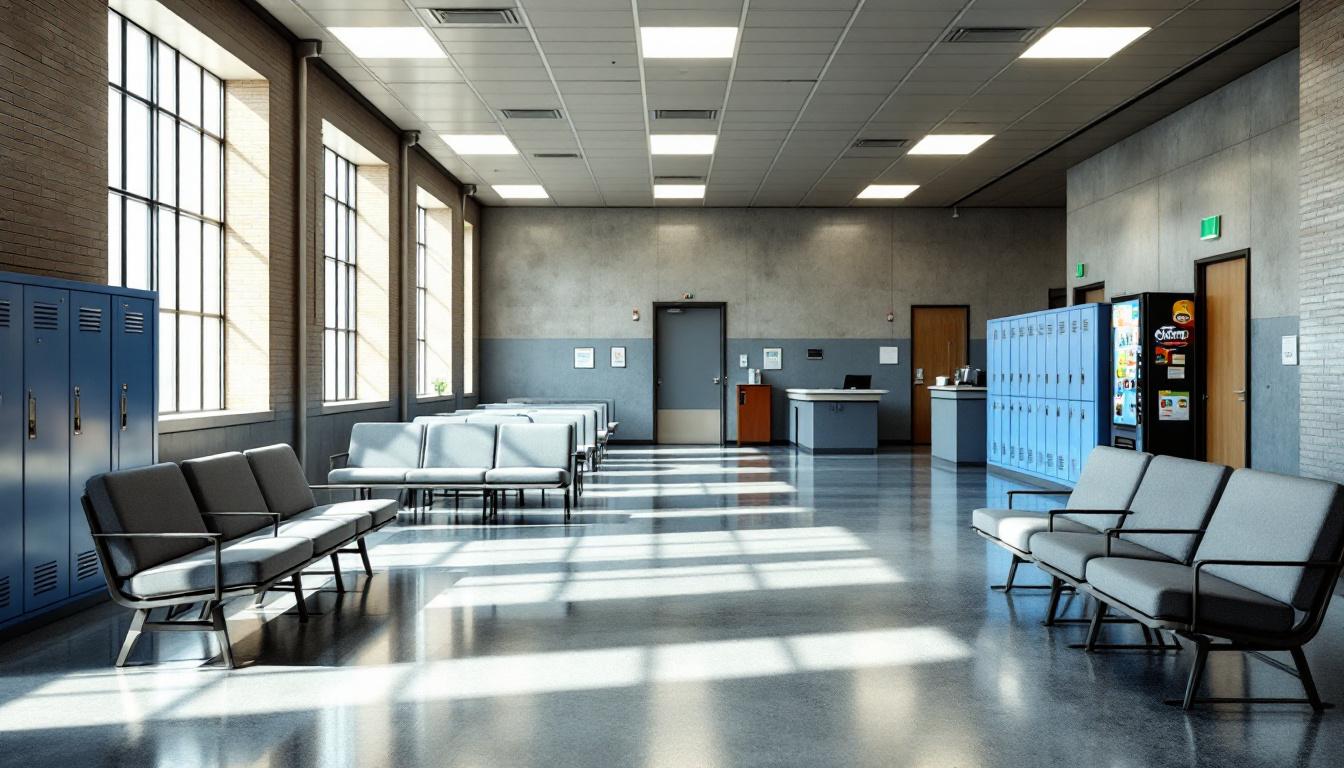
Carefully orchestrated routines and hierarchical supervision systems shape every aspect of the experience for those housed within the Callahan County Jail, where structured scheduling and clear protocols govern the flow of daily activities. At present, the population actively participates in a regimented schedule that typically begins with early morning counts and continues through designated periods for meals, programming, and personal time. The facility generally operates on a structured timeline that includes regular headcounts, supervised movement between areas, and scheduled access to various services and amenities.
Housing arrangements within the facility typically feature dormitory-style accommodations or individual cells, depending on classification levels and available space, with the population generally assigned based on factors such as security classification and behavioral assessments. Living spaces usually include basic furnishings and personal storage areas, while common areas may provide space for television viewing and social interaction during designated hours. Also, dining arrangements typically involve scheduled meal times in designated areas, with the population receiving three meals daily that generally meet basic nutritional standards, and commissary services often supply additional food items and personal necessities for those with available funds.
Recreational opportunities typically include access to outdoor exercise areas during scheduled times, while indoor activities may supply structured programming such as educational classes, religious services, and vocational training when available. However, visitation policies generally allow for scheduled visits from approved family members and friends, with communication options typically including monitored phone calls and correspondence services. Work assignments within the facility often provide the population with opportunities to contribute to daily operations through kitchen duties, cleaning responsibilities, and maintenance tasks, while structured programming schedules may include substance abuse counseling, life skills workshops, and other rehabilitative services designed to support successful reintegration into the community.
Ready to Connect?
Start communicating with your loved one today
Search for an Inmate
